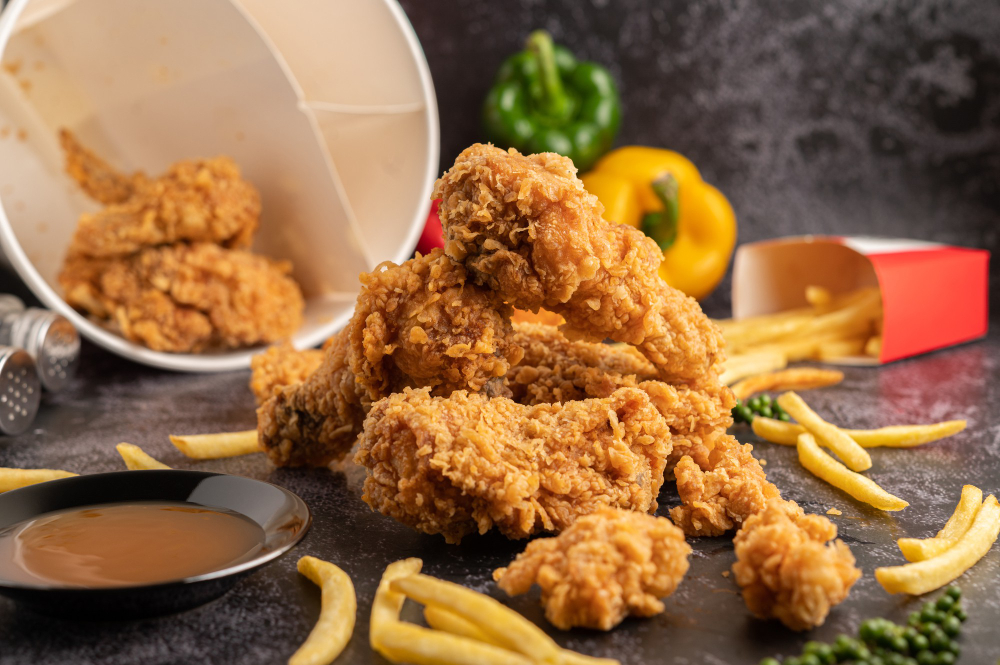GDP Per Capita for the United States and China
The Gross Domestic Product (GDP) shows the value of all the products and services manufactured and sold locally within a specific period. The GDP can be viewed in terms of nominal, per capita, or through the purchasing power of consumers. In this case, the focus is on GDP per capita, which reveals people’s wealth in a chosen country. It is the value of GDP divided by the total population of the country. In the United States, this figure is at $63,413, which reveals the country’s entrepreneurial progress that nurtures performance among citizens (Global PEO Services, 2022). The GDP Per Capita for China is slightly lower at $10,434 (Global PEO Services, 2022). The value of China’s GDP per Capita is lower than that of the United States due to the increasing population in the country. Even though China’s GDP is relatively high, its population lowers its per capita value. Nonetheless, the two countries significantly use the available resources to influence local production and sales. China is one of the fastest-growing economies, and its investment in local production is worth evaluation. The economy is the second largest now, insinuating that it competes with the United States for the top position. The high population also means that the country does not need to import labour as it nurtures its own for local production, which increases the sale of local products at profits. Since China and the United States have commendable GDP per Capita, it is essential to evaluate how companies perform in environments with such economic affluence.
Marketing and Human Resource Platforms for McDonald’s and KFC
Marketing Strategy
Companies create a marketing strategy to have a clear method of distributing their products to the targeted consumers. The strategy aims at nurturing excellent relationships with customers through timely deliveries and transparent supply chains. Thus, chains of restaurants like Kentucky Fried Chicken and McDonald’s have specified marketing strategies that allow them to swell their goods to targeted clients at a profit.
KFC and McDonald’s follow a decentralized approach to marketing since they have distinct markets they target. The marketing mix allows the companies to determine ways of reaching clients in culturally diverse markets (Harrington et al., 2017). The companies sell differentiated products, which makes it easier to target similar markets with different needs, tastes, and preferences. For instance, the Chicken and Sandwiches category is available at both companies. However, KFC uses six hot wings and one mini fillet burger for the mean, unlike McDonald’s, which serves Filets, Fish, Mc Sandwiches, and Mc Chicken (Harrington et al., 2017). Thus, each company has meals in a similar category with different servings to distinguish itself. The product line is one of the marketing strategy factors that KFC and McDonald’s prioritize to reach different consumers.
Product placement is important in understanding the marketing strategy that fast food restaurants like McDonald’s and KFC use. Technology has made physical shops second place in the fast food industry., The increasing number of people who prefer to order goods online and get deliveries to their homes is important for the two companies. Both McDonald’s and KFC have physical areas of distribution globally and online. They have mobile applications like the KFC App and McDonald’s App, which play a significant role in rolling the products to different markets.
The promotional strategy that KFC and McDonald’s use allows the quick distribution of the product to the market as there is awareness. The advertising strategy follows the practical appeal. There is a big Hamburger for the McDonald’s ad with several burgers adjacent to it. In the case of KFC, there is one huge burger with the inscription, ASLI, implying real (Harrington et al., 2017). Thus, the practical appeal is distinct and makes each company known to their customers. Both companies integrate sales promotional strategies to increase the number of goods sold and profits. KFC offers discounts of different percentages on specific days for clients. However, McDonald’s uses freebies in its sales strategy making its strategy distinct from that of KFC (Harrington et al., 2017). Importantly, both companies have used psychological pricing strategies to make the clients buy goods they see on the banners as half-priced or discounted. The psychology behind such a strategy is that buyers who are willing to buy burgers but cannot afford normal prices will afford the half price, and this will increase sales. Thus, both KFC and McDonalds’s use related ma yet distinct marketing strategies to serve their consumers.
Human Resource
Mcdonalds ensures that it has the right skilled employees to fill exact positions at required times. The hiring process is specific to the skills of the individuals and the needs of the company. There are periods when the company hires unskilled employees to ill casual positions (Puleka et al., 2018). Essentially, the company has a training program to improve the efficiency of its workforce. The wages each employee receives are competitive to increase the satisfaction and loyalty of the workforce. The company plays an important role in reducing the global unemployment rates and offers career development opportunities to its workforce.
Conversely, KFC recognizes that its employees are key players in its success as the biggest fast-food restaurant globally. The company offers training opportunities to its employees, ensuring they are equipped with the right skills for the assigned roles (Puleka et al, 2018). The training has different offers, from food safety to online tests. It offers employees virtual knowledge about the company and improves their efficiency. The company is remembered for launching a program that appreciates its managers with a trip to different places to learn about managerial skills and benchmarks. Importantly, the company has an efficient CHAMPS policy for the HR team, which vouches for cleanliness, hospitality, accuracy, maintenance, product quality, and speed of service (Puleka et al., 2018). Thus, both Mcdonalds’ and KFC successfully nurture an efficient and motivated workforce through these distinct approaches.
References
Global PEO Services (2022). Top 15 Countries by GDP in 2022. Global PEO Services https://globalpeoservices.com/top-15-countries-by-gdp-in-2022/
Harrington, R. J., Ottenbacher, M. C., & Fauser, S. (2017). QSR brand value: Marketing mix dimensions among McDonald’s, KFC, Burger King, Subway and Starbucks. International Journal of Contemporary Hospitality Management. https://www.emerald.com/insight/content/doi/10.1108/IJCHM-06-2015-0300/full/html
Puleka, D., Kakade, D., & Pulekar, N. (2018). Comparative analysis of training and development practices in fast food segment-McDonalds and KFC. International Journal of Advance and Innovative Research, 5(3), 174-191. https://www.researchgate.net/profile/dr-kakade/publication/333904097_comparative_analysis_of_training_and_development_practices_in_fast_food_segment_-mcdonalds_and_kfc/links/5d0bb8f392851cfcc627ff31/comparative-analysis-of-training-and-development-practices-in-fast-food-segment-mcdonalds-and-kfc.pdf

